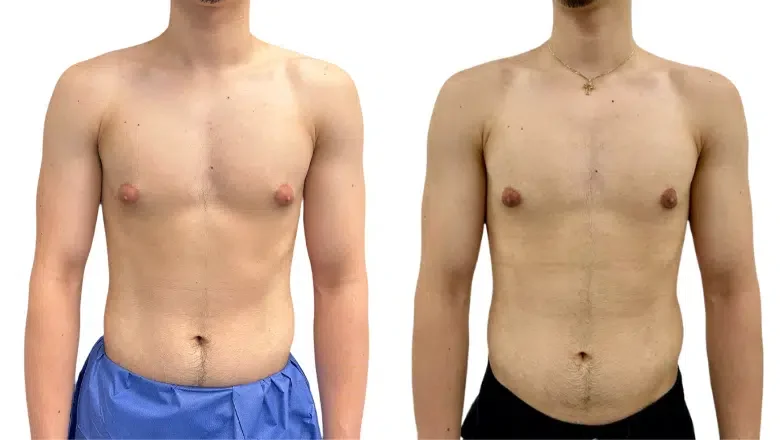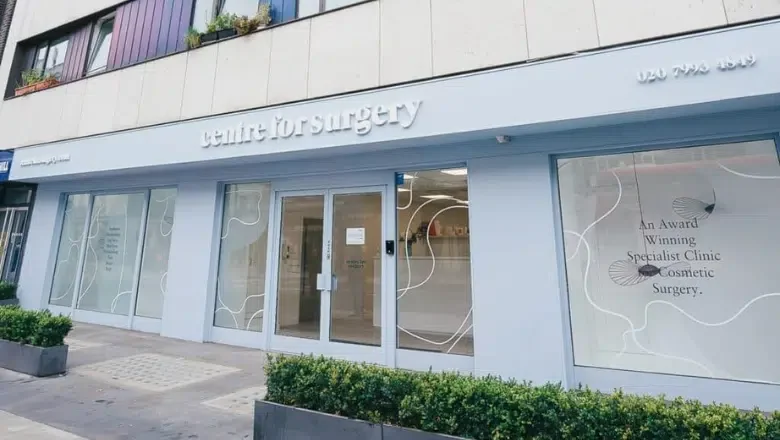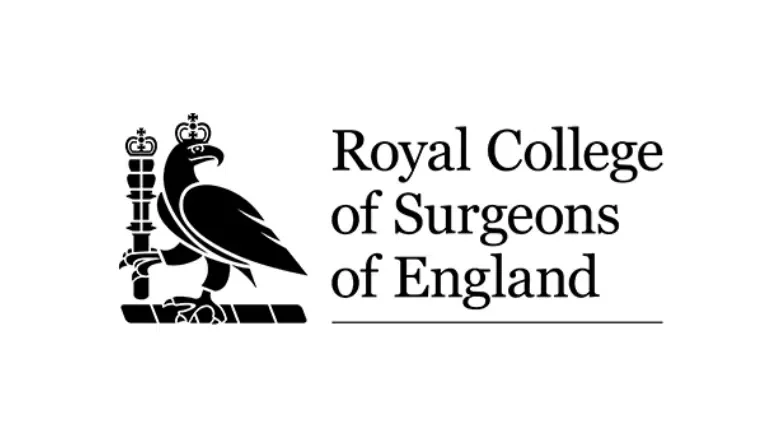Will My Skin Tighten After Gyno Surgery?
Enlarged male breasts, commonly referred to as gynecomastia or ‘man boobs‘, are a widespread issue that affects numerous men throughout the UK. This condition can range from barely noticeable to significantly pronounced, causing considerable embarrassment and discomfort for those affected.
The treatment for gynecomastia, specifically male breast reduction surgery, has proven to be highly effective, garnering substantial satisfaction from those who undergo the procedure. The underlying causes of the breast enlargement primarily determine the surgical approach selected for treating gynecomastia. These causes may include excess glandular tissue, fatty deposits, or a combination of both, and in some cases, may also involve excess, loose skin.
RELATED: Do You Need Gynecomastia Surgery?
Direct excision of glandular tissue is usually necessary in cases where the enlargement is predominantly due to glandular tissue. Liposuction may be the recommended approach if the enlargement is mainly due to fatty deposits. Often, both techniques are combined to address cases where both glandular tissue and fat contribute to male breast enlargement.
In less frequent scenarios, particularly after significant weight loss, it might also be necessary to remove excess skin. This procedure requires more extensive incisions and is generally more complex due to its comprehensive nature.
The decision to include a skin-tightening procedure as part of the gynecomastia treatment depends on several factors. These factors include the elasticity of the skin, the extent of breast enlargement, and whether there is any drooping of the breasts. Each case is assessed individually, allowing our surgeons to tailor their approach to best suit their patients’ needs and desired outcomes. This personalised assessment ensures that the treatment not only addresses the physical aspects of gynecomastia but also supports the psychological well-being of the individual undergoing the surgery.
RELATED: Gynecomastia Surgery FAQs – Q&A about Male Breast Reduction
There are three major factors that determine skin tightness after gyno surgery:
Extent of Breast Enlargement
The extent of breast enlargement in gynecomastia not only affects the choice of surgical intervention but also significantly influences the degree to which the skin can naturally tighten post-surgery. This factor plays a crucial role, independent of other variables such as age and skin quality.
RELATED: Different Grades of Gynecomastia
In cases of minor to moderate gynecomastia, the skin generally has a higher likelihood of retracting naturally after the removal of excess fat and/or glandular tissue. This natural retraction means that additional procedures specifically aimed at tightening the skin may not be necessary. The skin’s inherent elasticity is often enough to achieve satisfactory aesthetic results, making the recovery process simpler and potentially quicker.
RELATED: Gynecomastia vs Chest Fat – How to Tell the Difference
However, in severe gynecomastia, especially when accompanied by decreased skin elasticity, the skin’s ability to tighten on its own is considerably less likely. The skin may not adequately conform to the new, reduced breast size without surgical assistance. This is particularly true if there is noticeable drooping of the breasts. Under these circumstances, a skin tightening procedure becomes essential for optimal cosmetic outcomes.
Skin Elasticity
Skin elasticity refers to the skin’s capacity to regain its original shape after being stretched. Much like a rubber band that snaps back to its initial size once the stretching force is removed, human skin behaves similarly, thanks to its inherent elasticity. However, if the skin lacks sufficient elasticity, it will fail to return to its original form and remain stretched.
In cases of gynecomastia, where the skin has been stretched by excess fat and/or breast tissue, skin elasticity plays a crucial role. The “release” in this context occurs when these tissues are surgically removed. The ability of the skin to tighten back up after such procedures significantly influences the aesthetic outcomes of the surgery.
Skin elasticity is at its peak during youth and gradually diminishes as one gets older. Several factors can accelerate this decline, including genetic predispositions, excessive sun exposure, substantial weight loss, and lifestyle habits such as smoking. These elements all contribute to the skin’s reduced ability to snap back, which can complicate the recovery and final results of surgeries to correct gynecomastia. Understanding and assessing the elasticity of the skin is, therefore, a critical step in planning the most effective treatment approach for individuals suffering from this condition.
Pre-existing Sagging or Drooping
When dealing with gynecomastia, pre-existing sagging or drooping of the breasts presents a unique challenge. This condition indicates the presence of excess skin that has been stretched and has lost its elasticity. While the surgical removal of glandular or fatty tissue in gynecomastia treatment can lead to some degree of natural tissue tightening, the predictability of achieving an aesthetically pleasing outcome can vary and heavily depends on individual circumstances and expectations.
In cases where the gynecomastia is relatively minor, removing a small amount of tissue might result in satisfactory skin tightening. However, the outcome isn’t always guaranteed, and patient satisfaction will depend on personal perceptions of what is considered an acceptable result. Individuals might have different standards for their post-surgery appearance, influencing their overall satisfaction with the procedure.
The situation becomes more complicated when substantial breast enlargement is accompanied by noticeable sagging. In such cases, the skin’s diminished elasticity is often insufficient to adapt to the reduced volume following tissue removal. As a result, the breasts may still appear saggy despite the reduction in size, leading to suboptimal cosmetic outcomes.
Gyno Surgery in London: Expert Care at Centre for Surgery
At Centre for Surgery, we specialise in treating gynecomastia with precision and care, offering tailored surgical solutions right in the heart of London. Our state-of-the-art clinic on Baker Street is equipped with the latest technology, and our team of experienced surgeons is committed to delivering the highest standard of care.
Patient Testimonials
James, 34, London: “After years of feeling self-conscious, I finally decided to get treatment for my gynecomastia at Centre for Surgery. The results have been life-changing. The staff were incredibly supportive, and the care I received was top-notch.”
Michael, 29, Essex: “The professionalism at Centre for Surgery was evident from my first consultation. The surgery has given me a new lease on life, and I couldn’t be more pleased with the outcome. Highly recommend this clinic for anyone considering gyno surgery.”
Liam, 42, Kent: “Choosing Centre for Surgery was the best decision I made. The results exceeded my expectations, and the recovery was smoother than I anticipated, thanks to the expert care of the surgical team.”
Booking Your Consultation
To learn more about our gynecomastia treatment options and to book a consultation, please contact us at 0207 993 4849 or visit our contact page. Our friendly staff are ready to assist you with all your queries and help you take the first step towards a confident new you.
Further Information
For more details about our clinic and the services we offer, please visit our About Us page. If you’re considering financing options, we offer 0% APR through Chrysalis Finance; you can find more information on our Finance Options page.
Interested in learning more about cosmetic surgery? Our plastic surgery blog is a great resource for the latest insights and advice in the field of cosmetic surgery.
Have questions? Visit our FAQ page for more information about our procedures and what you can expect.
Visit Us at Baker Street
Our Baker Street clinic is ideally located for those seeking expert gynecomastia treatment in and around London. You can learn more about our facilities and what to expect during your visit by checking out our Baker Street clinic page.












